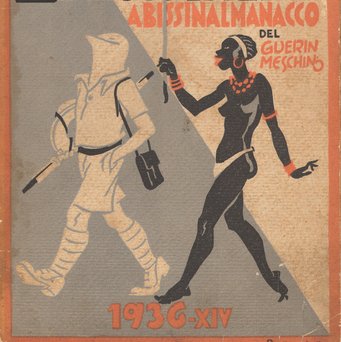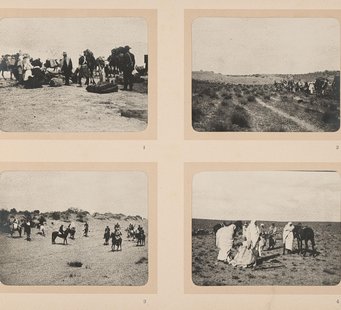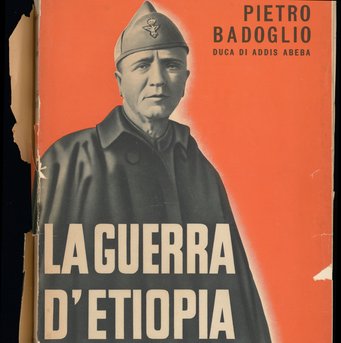Italian Colonialism
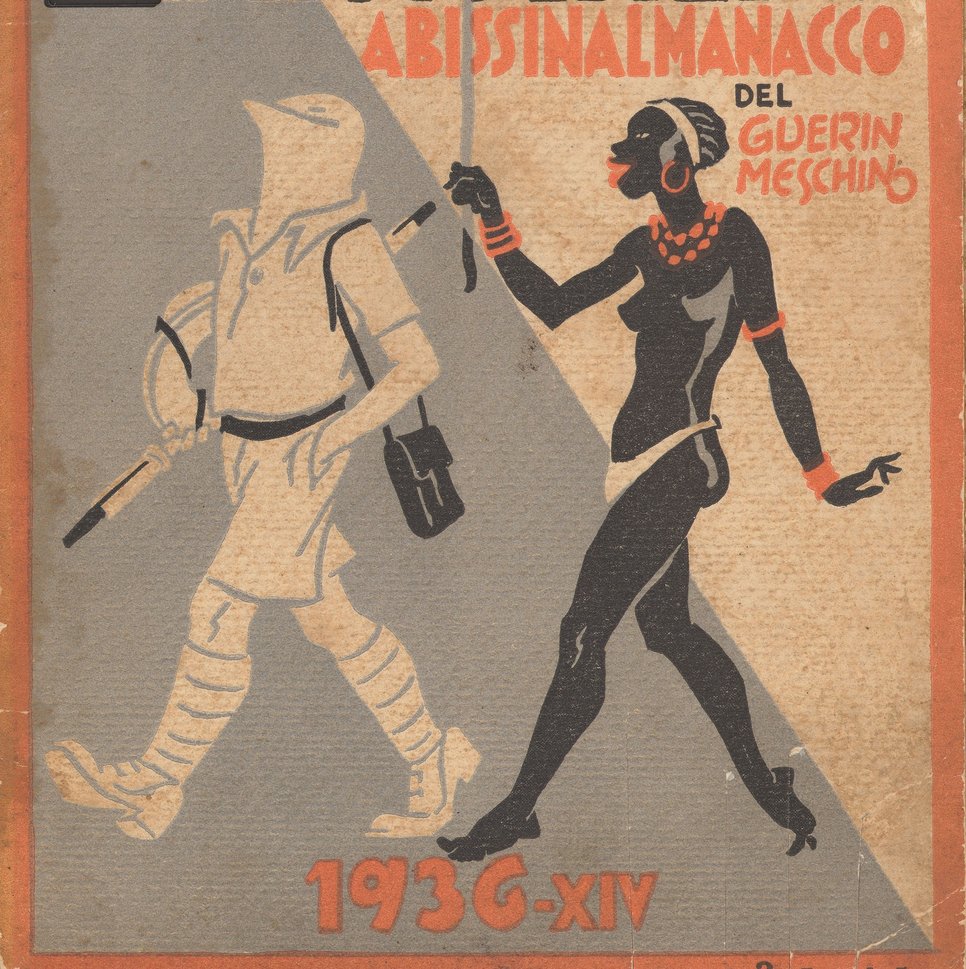
Italy’s colonial projects spanned the period of the late Kingdom and Fascism and was primarily aimed at North and East Africa (Italian East Africa from 1882 and Italian Libya from 1911). The plan for a “New Roman Empire” proclaimed by Mussolini and driven forward in bloody campaigns culminated in the conquest of the Ethiopian capital Addis Ababa in 1936. In the Paris Peace Treaty of 1947, Italy renounced all its colonies. After decades marked by hesitation, a scholarly reappraisal of Italy’s colonial past has begun in recent years. The easy availability of primary source material on the antiquarian market and the increasing interest of Italian and international research led to the creation of the library’s new collection focus “Colonialism Italy”, which is supplemented by material on German colonial history. The material acquired in recent years documents the intertwining of economic, political, scientific, ethnographic, and not least touristic interests that motivated Italy’s colonial ambitions. The targeted use of photography and the increasingly futuristic aesthetics of the print products also give them value in terms of media history. The titles can be found in the OPAC using search terms such as “Italien” and “Kolonialismus” (colonialism), “Italienisch-Ostafrika” (Italian East Africa), “Tripolitania”, “Italienisch-Somaliland” (Italian Somali-Land), “Schlacht bei Dogali” (battle of Dogali), “Schlacht von Adua” (battle of Adua), etc.
Hm 2070-5360 raro IV
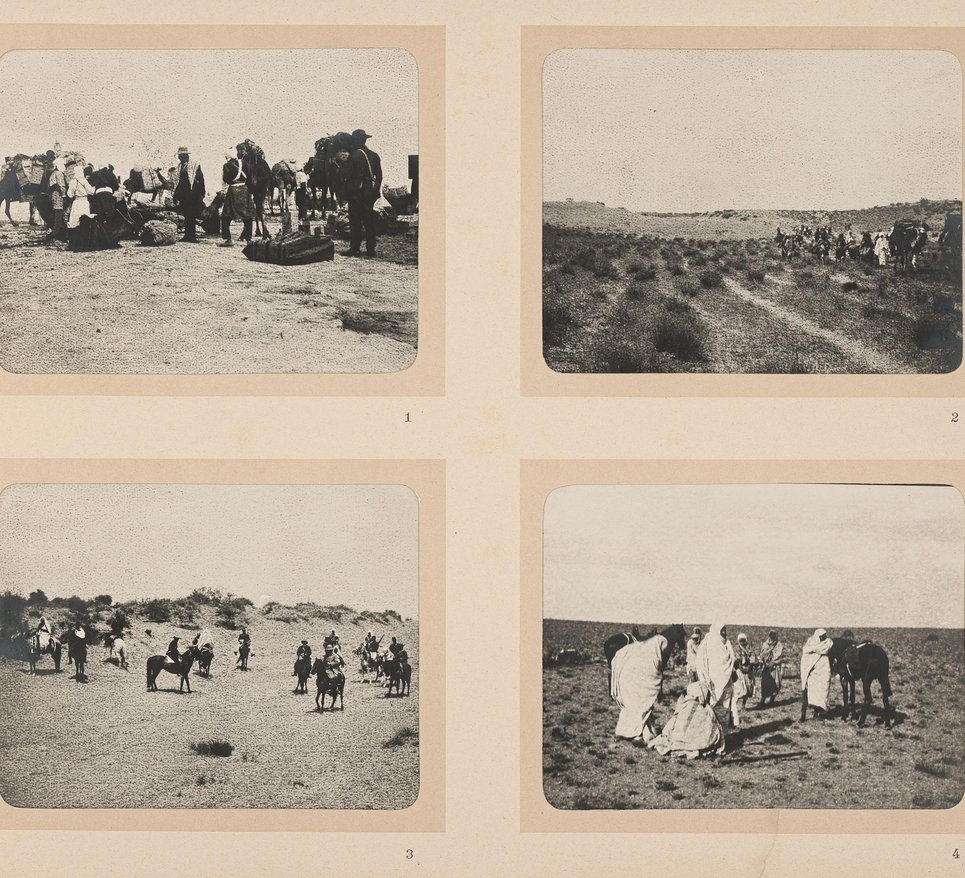
In liberal Italy in the early 20th century, a fierce political debate raged about the advisability of colonial expansion in North Africa. The provinces of Tripolitania and Cyrenaica, which had not yet been united under the name of Libya and were then under the rule of the Ottoman Empire, had been spared colonization by the major European powers and had been assigned to Italy by diplomatic agreement at the Congress of Berlin in 1878. Knowledge of the natural resources, especially minerals, and the economic value of these territories was almost non-existent. Ignazio Sanfilippo (1857-1943), scion of a Sicilian aristocratic family that owned sulphur mines, was entrusted with the topographical and scientific exploration by the Foreign Ministry and the Banca di Roma. His first trip took him to Tripoli in 1910, the second in 1911 during the conflict between Italy and Turkey, which resulted in five Italian expedition members being taken prisoner. In mid-1914, Sanfilippo published a detailed “Confidential Report” in five volumes, which contained, among other things, the studies of the minerals, fossils and echinids he had collected. This collection is now kept in the Paleontological Museum of La Sapienza University in Rome.
Ignazio Sanfilippo, Nella Tripolitania, Rome 1913, 5 volumes (photo album)
Vol. 1. Missione governativa nel 1910, giugno-luglio-agosto. 1913
Ff 200-5132/1 raro VII
Vol. 2. Missione del Banco di Roma nel 1911 e 1912. 1913
Ff 200-5132/2 raro VII
Vol. 3. Missione del Banco di Roma nel 1911 e 1912. 1913
Ff 200-5132/3 raro VII
Vol. 4. Missione del Banco di Roma nel 1911 e 1912. 1913
Ff 200-5132/4 raro VII
Vol. 5. Missione del Banco di Roma nel 1911 e 1912. 1913
Ff 200-5132/5 raro VII
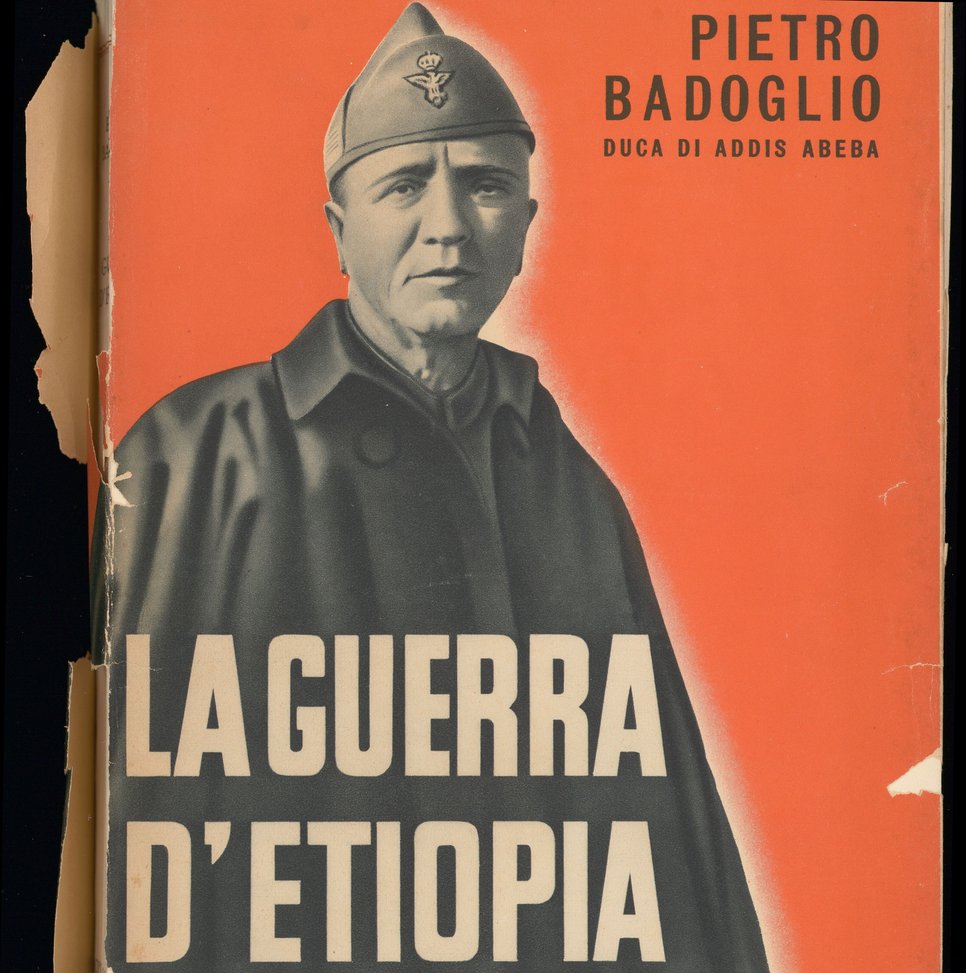
Pietro Badoglio (1871–1956), Marquis of Sabotino and Duke of Addis Ababa was an Italian army officer and Chief of Staff of the Royal Italian Army from 1925 to 1940. During the colonial wars of conquest waged by the fascist regime in Africa, Badoglio played a leading role in the genocide in Libya and the poison gas war in Abyssinia. After the fall of Mussolini in 1943, he became Italy’s first post-fascist prime minister and was never prosecuted for the war crimes in Africa. The publication La guerra d'Etiopia is accompanied by maps and also contains 16 plates, some of which are fold-out photographs documenting the country’s landscape, among other things.
Zi 408-5360 raro V
